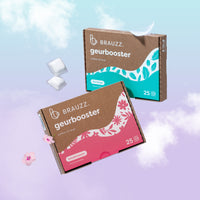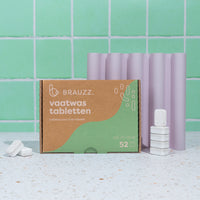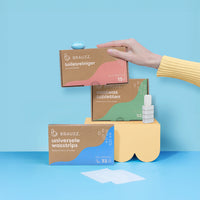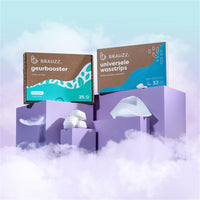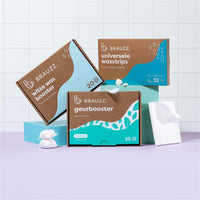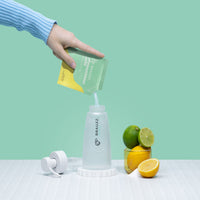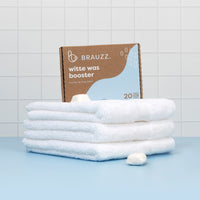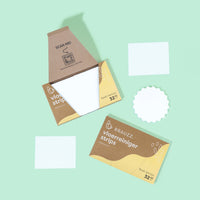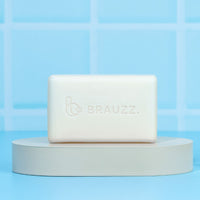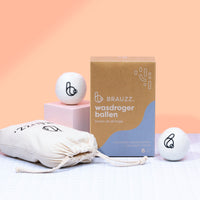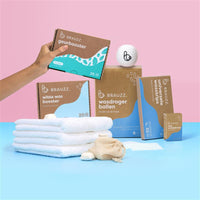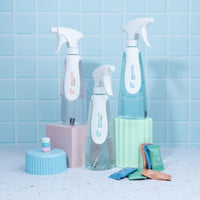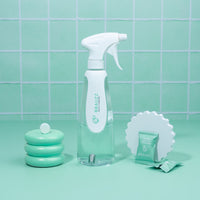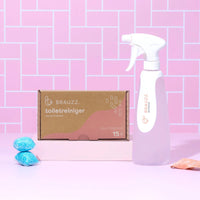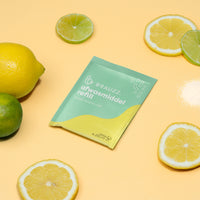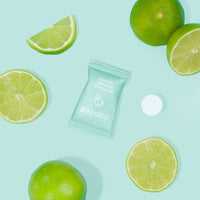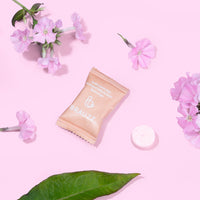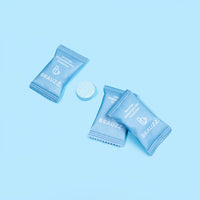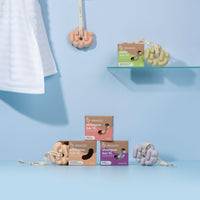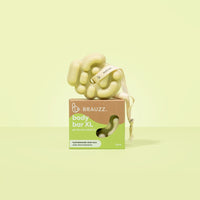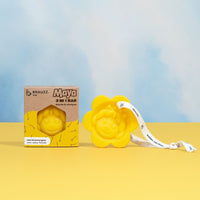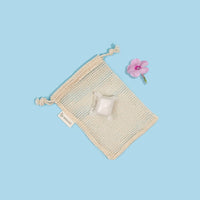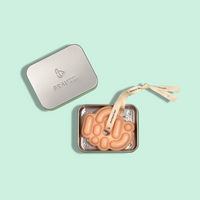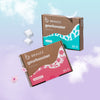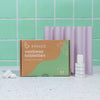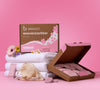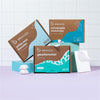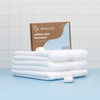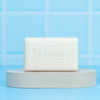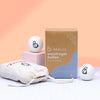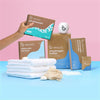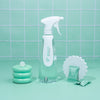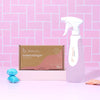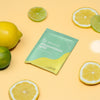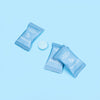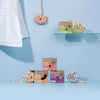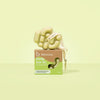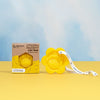Is foam really important with dish soap?
We are so convinced that foam contributes to the quality and working power of dishwashing liquid, but is it really so?
Is the foaming action of household dishwashing liquid in general so important to product quality, or is it purely a psychological thing? We investigated and came to some striking conclusions.
A psychological trick
For years we have associated foam with thorough cleaning, but unfortunately the reality is that foam is actually a psychological trick that contributes little or nothing to the actual effectiveness of a product.
In addition, foam is also visually appealing and gives us a sense of activity giving us the impression that the product is doing its job. Let that be precisely why we see so much foam in dishwashing liquid advertisements; a clever marketing trick that convinces us of a product's effectiveness even when it actually makes little difference.
But what does work?
The actual cleaning power of a product depends on the active ingredients in it and how well they work, not the amount of foam it produces.
Most cleaning products contain surfactants, also known as surfactants. These substances are responsible for a product's ability to remove dirt and grease.
Surfactants have the ability to lower the surface tension of water, allowing it to penetrate and disperse better. This is crucial to a cleaning product's effectiveness. Foam, on the other hand, is created when air is trapped in a mixture of water and surfactants. It does not directly affect the cleaning properties of the product.
Foam is not always as good
In fact, excessive foam can be counterproductive. It can lead to unnecessary waste of product, as we tend to use more than we need. In addition, foaming can also be detrimental in certain applications. For example, in the case of dishwashing liquid, excessive foam can make rinsing difficult, leaving soap residue on the dishes and in the sink.
So what's important to know, in a nutshell
- Foam-active ingredients are often added by manufacturers to meet customers' psychological expectations in that we associate foam with thorough cleaning
- The amount of foam is not an indication of a product's effectiveness; it is only a visual effect created
- As a consumer, pay attention to the active ingredients; they do give an indication of the final effect of the product
In short, foam in household products is mainly a psychological trick that convinces us of a product's effectiveness. It is important to break this perception and understand that foam is not a direct contributor to actual cleaning power.
That way we can make our choices based on facts and not the illusion of foam.
Discover BRAUZZ's refillable dishwashing liquid.
Because a cleaner planet,
starts with a clean house
